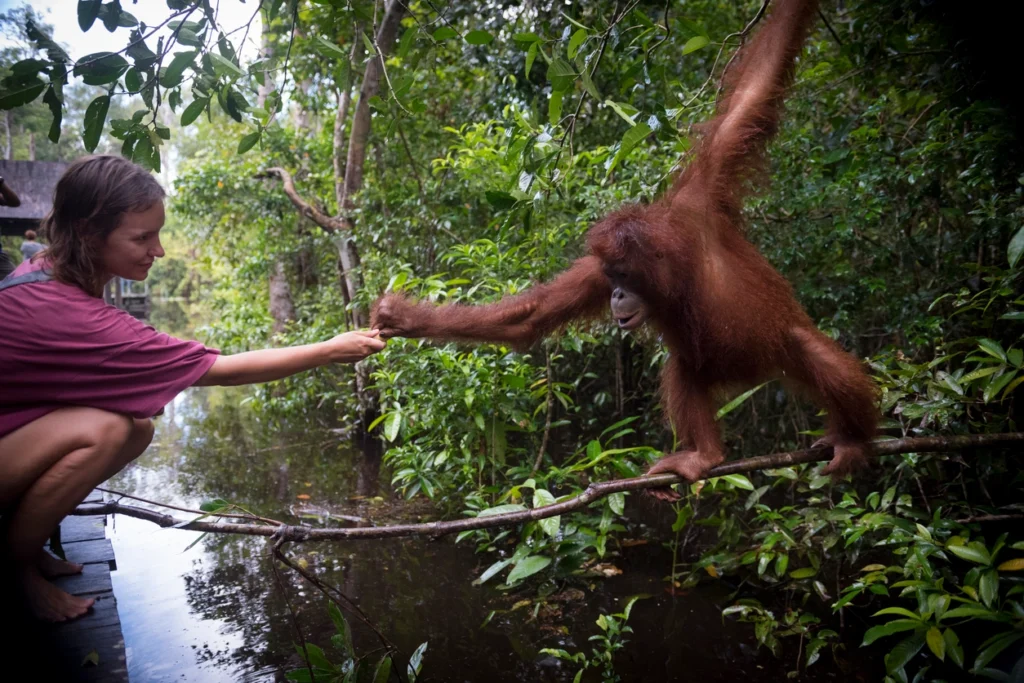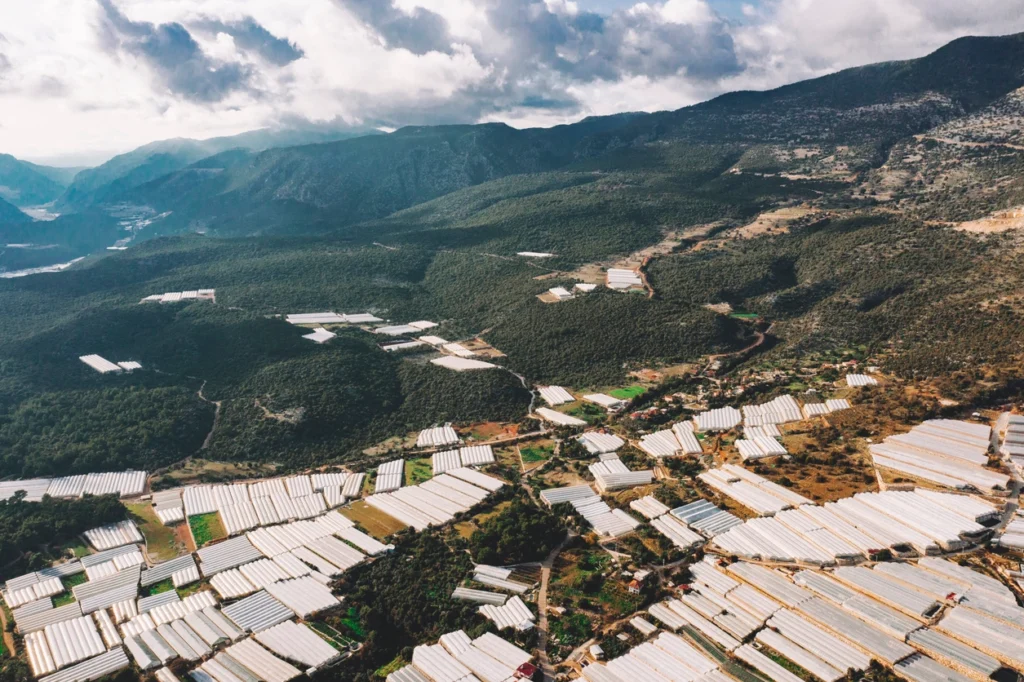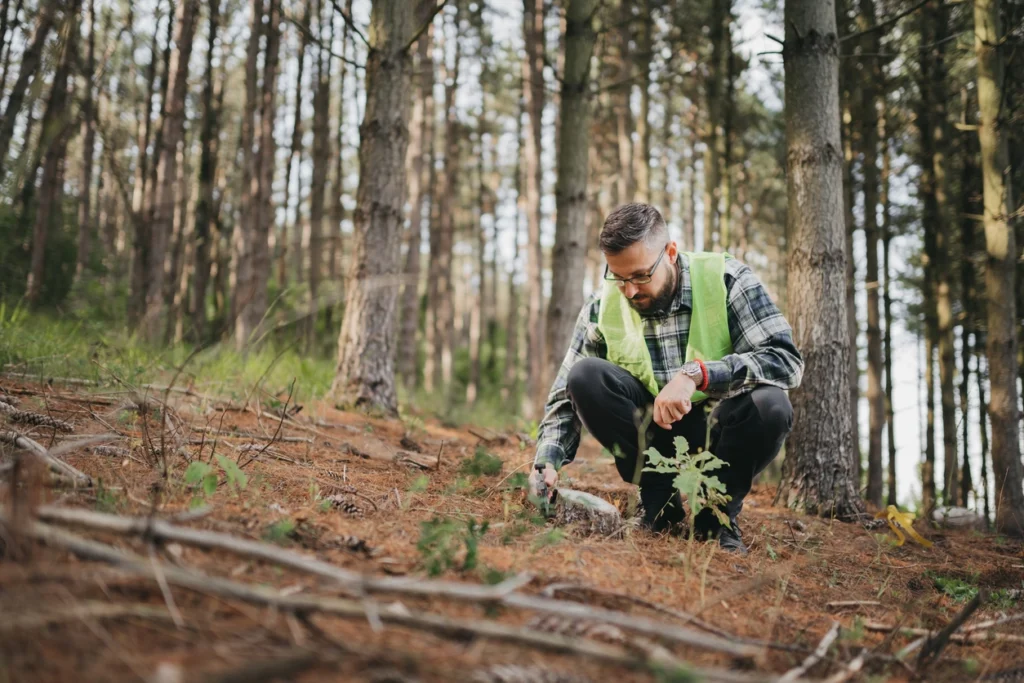Imagine you’re exploring a new landscape. Biological surveys are the tools that turn a beautiful mystery into an understandable map, revealing the hidden patterns of the natural world.
This guide is designed for students, citizen scientists, and land managers ready to dive deeper into ecological surveys. We’ll assume you have a basic understanding of science, but we won’t leave you lost in jargon.
If you’ve ever wished the websites explaining survey techniques were more detailed, more realistic about the challenges, and just more helpful – you’re in the right place!
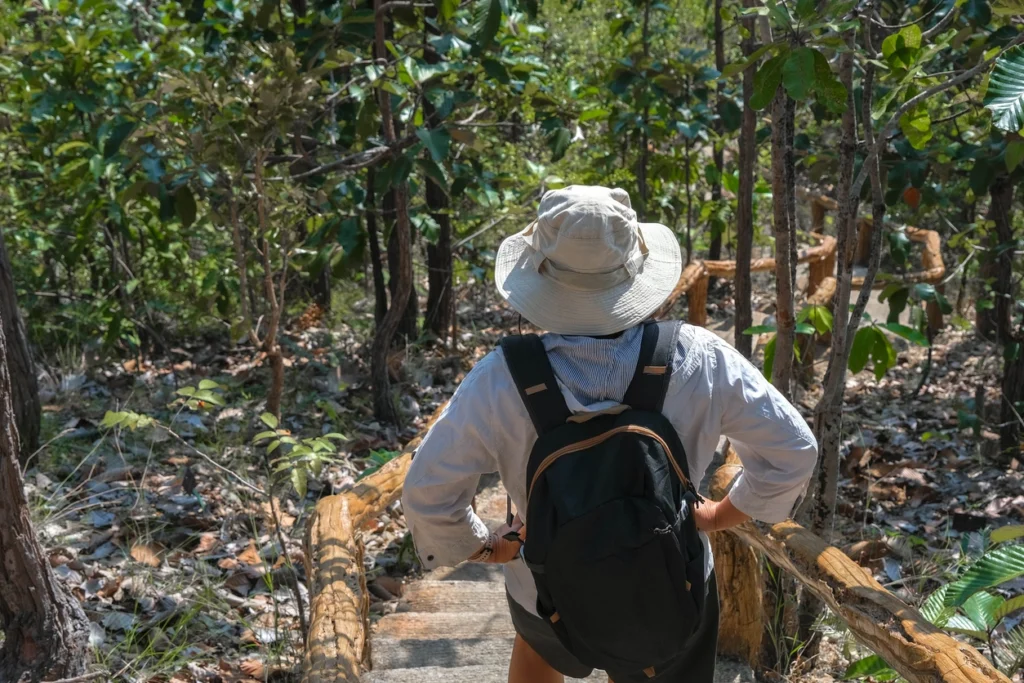
The Foundations of Biological Surveys
Biological surveys are systematic investigations designed to document the presence, distribution, or abundance of living organisms within a defined area. They differ from casual nature observations or simple species lists in three key ways:
- Purpose: Surveys are driven by specific questions or goals.
- Methods: They use standardized, repeatable techniques to ensure data quality.
- Scope: They focus on a defined area and timeframe.
The Goals of Surveys
Here’s where we broaden the typical lists found on other sites…
- Conservation Planning: Identifying priority habitats, detecting rare or declining species, informing protected area design.
- Land Management Decisions: Assessing the potential impacts of development, restoration projects, or changes in land use.
- Basic Science: Documenting biodiversity patterns, tracking species range shifts (e.g., due to climate change), contributing to long-term datasets.
- Education & Engagement: Citizen science surveys foster a connection to nature and can generate valuable data.
- Legal Compliance Surveys are often required by environmental regulations.
Limitations
Let’s be honest – surveys aren’t magic. They can’t:
- Tell us everything about an ecosystem (other types of research have their place too).
- Detect super rare or cryptic species with 100% certainty.
- Perfectly predict the future (but they equip us to make informed decisions).
A well-designed survey is a balance between getting the data you need and minimizing the effort and cost involved. No technique is perfect for every situation!

Essential Survey Techniques: A Focused Approach
We can’t cover every technique in depth, so we’ll zero in on methods that are versatile, relatively accessible, and teach core survey principles. Let’s focus on:
- Quadrats: The foundation for sampling plants and less mobile organisms.
- Transects: Great for examining patterns across habitat types or disturbance levels.
- Point Counts: A standard method for bird surveys, adaptable to other wildlife.
- Camera Trapping: A tech-forward tool with some caveats to discuss.
Quadrats: Getting Down to the Basics
- Step-by-Step:
- Choose Your Quadrat: Square is standard, but rectangular sometimes makes sense. Size matters! Smaller quadrats (1m x 1m) for abundant plants, larger (maybe 5m x 5m) for less common species.
- Placement Strategy: Decide in advance – random for unbiased sampling, stratified to capture specific habitat zones…
- Inside the Frame: Identify every plant species within, estimate percent cover (how much ground is obscured) if that’s your goal. For small insects, counting individuals may be possible.
- Best For:
- Plants and less mobile organisms (think snails, ground-dwelling insects).
- Estimating percent cover of vegetation types (grasses, mosses, etc.).
- Comparing sites with relatively uniform habitat.
- Pros:
- Simple equipment, minimal setup time needed.
- Great for teaching core sampling concepts.
- Data is easily analyzed using basic statistics.
- Cons:
- Can be time-consuming to survey large areas.
- Not ideal for highly mobile animals or for studying cryptic species.
Transects: Unveiling Ecological Gradients
Step-by-Step:
- Define Your Transect: Imagine a straight line laid across your study area. It could be a physical line (tape measure) or imaginary – the key is consistency. Decide on its length based on the habitat and organisms you’re studying.
- Mark Your Path: Use flagging tape or markers to establish the transect line. Ensure you can relocate it precisely for repeat surveys.
- Data Collection: There are many ways to collect data along your transect, depending on your goals. Here are a few common approaches:
- Distance Sampling: Measure the distance from the transect line to each individual or object you encounter (e.g., distance to bird sightings, distance to tree stems).
- Point Intercept: At regular intervals (or continuous) along the transect, record the first plant species that touches a vertical pin dropped at that point.
- Species Abundance by Interval: Divide your transect into smaller segments and record the number of individuals of each species observed within each segment.
Best For:
- Studying how plant or animal communities change across environmental gradients (e.g., moisture levels, elevation).
- Comparing habitats that are close together geographically.
- Monitoring changes over time in response to disturbances or restoration efforts.
Pros:
- Versatile – adaptable to a wide range of organisms and data collection methods.
- Provides valuable data on both species presence and abundance.
- Relatively simple to set up and implement.
Cons:
- May miss species that are not easily detectable from the transect line (e.g., secretive animals).
- Assumes a linear habitat – less suitable for highly complex or patchy environments.
Beyond Techniques: The Importance of Sampling Design
Even the best technique is useless if not deployed thoughtfully. Briefly cover:
- Random Sampling: Ideal for unbiased results.
- Stratified Sampling: Ensuring you capture variation within your study area.
- Replication: It’s not just about the number of quadrats, but how they’re spread out.
Point Counts: A Snapshot of Bird Abundance (and More!)
- Step-by-Step:
- Choose Your Points: Select locations systematically or randomly across your study area, spaced far enough apart to avoid counting birds twice. Mark them with flagging or GPS for revisits.
- Stand and Observe: For a set time (often 5-10 minutes), record all birds seen or heard within a fixed radius of your point. Estimate distances carefully to avoid over- or undercounting.
- Notes Matter: Record weather conditions, time of day – these factors can influence bird activity.
- Best For:
- Assessing relative abundance and species richness of birds in a given area.
- Tracking changes in bird communities over time (especially with repeated surveys).
- With care, can be adapted to other vocal wildlife (frogs!) or even visual surveys in dense habitats.
- Pros:
- Relatively fast and simple to learn, making them good for citizen science.
- Data can be compared across large-scale studies that follow similar protocols.
- Cons:
- Requires good bird identification skills, especially by sound.
- May underestimate shy or quiet species.
- Assumes birds are evenly detectable within your count radius, which may not hold true in dense foliage.
Camera Trapping: Wildlife Detectives
- Step-by-Step:
- Scout Your Site: Choose locations based on signs of animal activity (tracks, trails, scat) or to answer specific research questions about habitat use.
- Setup: Mount the camera securely at the appropriate height and angle, aiming it carefully.
- Settings: Decide on image/video mode, trigger sensitivity (avoid too many shots of waving grass!), and check battery life and SD card space.
- Let it Work: Leave it undisturbed for a set period (weeks to months). Retrieve the camera and start analyzing the results!
- Best For:
- Documenting elusive or nocturnal animals.
- Detecting rare species without intensive human presence.
- Gathering long-term data on animal movement and behavior.
- Pros:
- Minimally invasive method, good for sensitive species.
- Collects 24/7 data, even when you can’t be there.
- Can be incredibly engaging for citizen science projects.
- Cons:
- Initial cost of cameras (though prices are dropping).
- Risk of theft or damage in some areas.
- Identifying animals from blurry photos can be challenging.
- Image analysis can be time-consuming (but AI tools are emerging!)
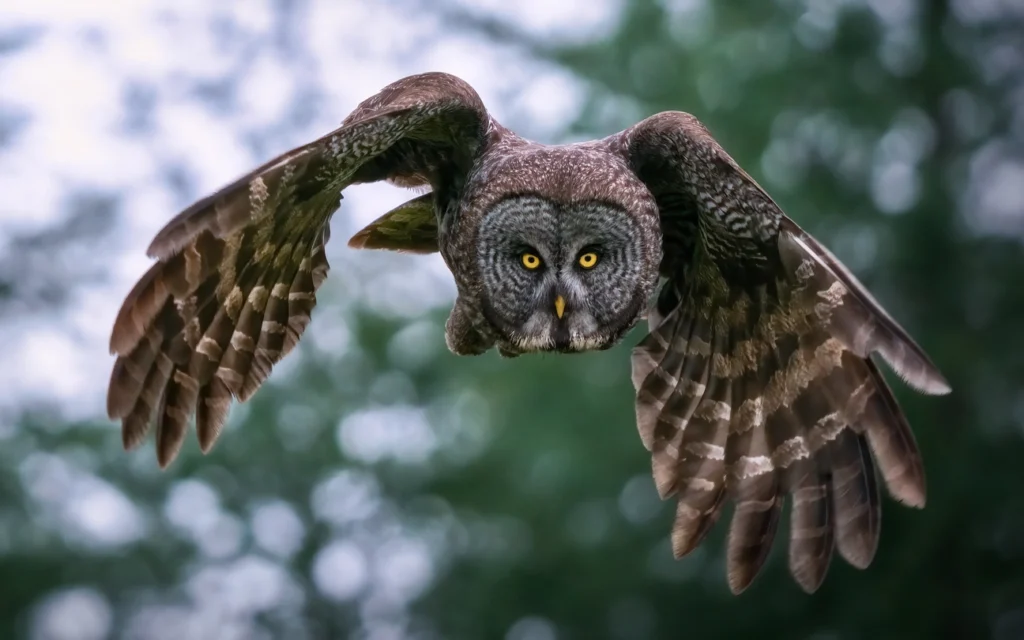
Example: Designing a Bird Survey
Let’s say you’re concerned about how a new hiking trail might impact birds in a nearby forest. Here’s how the concepts from this section apply to designing a survey to address that question:
- Objective: To compare bird diversity and abundance in areas close to the trail versus undisturbed forest.
- Technique Choice: Point counts are likely a good fit here. They allow you to survey multiple locations within both the disturbed and undisturbed zones.
- Sampling Design: You’ll use stratified sampling. Divide your study area into two zones:
- “Trail Impact Zone”: Within a set distance of the trail (e.g., 50 meters on either side).
- “Control Zone”: Areas of similar forest type, but further from the trail.
- Placement: Randomly place point counts within each zone.
- Replication: How many point counts are needed depends on the size of your study area and how much time you have. More is always better for reliable data!
- Data Analysis Plan: You’ll likely focus on:
- Species Richness: Total number of different bird species detected in each zone.
- Relative Abundance: How common each species is, comparing between trail and control zones.
Important Considerations:
- Time of Year: Bird populations change with the seasons, so conduct surveys at the same time in both zones.
- Need More Expertise? If you want to estimate population sizes, or do complex statistical analysis, this might be a time to consult a professional.
Beyond the Field: Data Analysis & Interpretation
Making Sense of the Numbers
You’ve put in the hours counting, measuring, and observing in the field. Now, it’s time to turn those raw data points into meaningful insights. Let’s start with some basic descriptive statistics that can help you summarize key patterns:
- Averages (Mean): Provides a snapshot of what was “typical” in your survey. For example, the average number of wildflowers per quadrat, or the average distance at which birds were detected.
- Measures of Spread (Range, Standard Deviation): Tells you how much variation there was around the average. Was the number of plants roughly the same in all your quadrats, or were some overflowing while others were empty?
- Species Richness: A simple but important metric – the total number of different species you detected. This gives a basic picture of biodiversity.
The Importance of Context
It’s tempting to stop there, but ecological data is most powerful when you consider the bigger picture:
- Comparing to Past Data: Have similar surveys been conducted in your area before? If so, comparing your results to those studies can reveal important trends over time.
- Habitat Matters: A forest and a meadow might have the same species richness, but that doesn’t mean they’re equally healthy. Link your survey data to observations about habitat quality (presence of invasive plants, signs of disturbance, etc.)
- “Learn More” Links: Seasonal changes in weather, migration patterns, and other factors can influence your results. Provide links to resources that help your readers understand these potential influences.
Analysis: Leveled Up
Sometimes, you’ll want to dig deeper into your data. Acknowledge these more complex methods, but emphasize when it’s time to seek expert help:
- Population Estimates: If your goal is to know the total number of individuals of a species in an area, techniques like mark-recapture come into play.
- Statistical Tests: These help you determine if the differences you see between sites (e.g., higher bird diversity in one area vs. another) are likely real, or could just be due to random chance.
The Power of Visualization
A well-designed graph can make your findings instantly understandable. Even if you don’t create them yourself, consider including examples of how to visualize survey data:
- Bar Graph: A great way to compare species richness or abundance between different habitats or survey locations.
- Line Graph: Perfect for showing change over time, such as tracking how vegetation cover increases in a restoration area from year to year.
Ethical Considerations in Biological Surveys
Minimize Disturbance
Every survey has the potential to impact the organisms and habitats we’re studying. Discuss how to:
- Choose the Right Techniques: Some methods are inherently more invasive than others (mist netting vs. visual surveys). Match the technique to the sensitivity of the species and the level of detail you need.
- Tread Lightly: Minimize trampling vegetation off-trail, avoid handling wildlife unless absolutely necessary for the study, be aware of noise and light disturbance.
- “Leave No Trace” for Scientists: Restore sampling sites as much as possible after your work (replace overturned rocks carefully, etc.)
Permitting & Regulations
- Know the Rules: Research may require permits, especially for protected areas or work with endangered species. Link to the websites of relevant agencies in your region.
- Ethics Beyond the Law: Sometimes, just because something is legal doesn’t mean it’s the right choice. Encourage readers to think critically about the potential impacts of their work.
The ‘Bigger Picture’ Angle
How can your survey data contribute to conservation in an ethical way?
- Informing Management: Surveys done well can lead to better habitat protection, but only if the data is shared with the right people. Consider a short sidebar on how to find out who manages the land you survey.
- Balancing Knowledge with Protection: Sometimes, publicly sharing the exact location of a rare species could put it at risk (poaching, etc.). Briefly discuss the concept of responsible data sharing.
- When NOT to Survey: If a site is already heavily disturbed, or a population is extremely fragile, sometimes the best choice is to leave it alone.
Your Actions Matter
Surveys aren’t just about the data. They shape how you interact with the natural world. Encourage readers to:
- Be Aware of Their Impact: Every footstep, every observation can have an effect.
- Cultivate Curiosity and Respect: The best surveyors are motivated by a deep desire to understand nature, not just collect data points.
The Power of Informed Exploration
You now hold the keys to a deeper understanding of the natural world. Whether your surveys take you to a backyard, a vast national park, or somewhere in between, you’re equipped to ask better questions, collect meaningful data, and make informed choices.
Remember, the true scientist isn’t driven by just accumulating facts, but by a sense of wonder. Survey techniques are your tools,
Frequently Asked Questions About Biological Survey Techniques
Can I combine different techniques in a single survey?
Absolutely! In fact, it’s often the best approach. For example, imagine studying a restored meadow. You might use quadrats for detailed plant surveys, point counts to document bird recolonization, and camera traps to see which mammals are utilizing the area. Combining methods gives a multi-faceted view of ecosystem health.
What if I find something really unusual, like a species that shouldn’t be there?
Get excited, but proceed cautiously! First, double-check your identification (field guides, reliable online resources). If you’re confident, take clear photos for documentation. Then, contact experts. Local universities, natural history museums, or conservation agencies may be interested in confirming your find, especially if it’s a range expansion or an invasive species of concern.
The data analysis part seems overwhelming. Are there resources to help?
Yes! Start with simple spreadsheets for organizing your data. Many online tutorials exist for basic calculations (search terms like “biodiversity statistics tutorial”). For specific survey types, like bird point counts, there may even be standardized analysis tools freely available. Don’t hesitate to ask for help from more experienced scientists if you get stuck.
How long should a survey project last?
It depends entirely on your question! If you’re documenting what’s present right now, a single well-designed survey could suffice. To detect changes over time, repeat surveys are needed. These might be seasonal (tracking plant growth) or across multiple years (assessing long-term restoration success). The key is consistency in your methods.
Surveys seem focused on wild places. Can I do them in my urban neighborhood?
Definitely! Cities harbor surprising biodiversity. You might document which pollinators visit your community garden (visual surveys), how bird diversity changes across different park types (point counts), or use camera traps to see which critters use greenways at night. Urban surveys can even contribute to larger citizen science projects!

